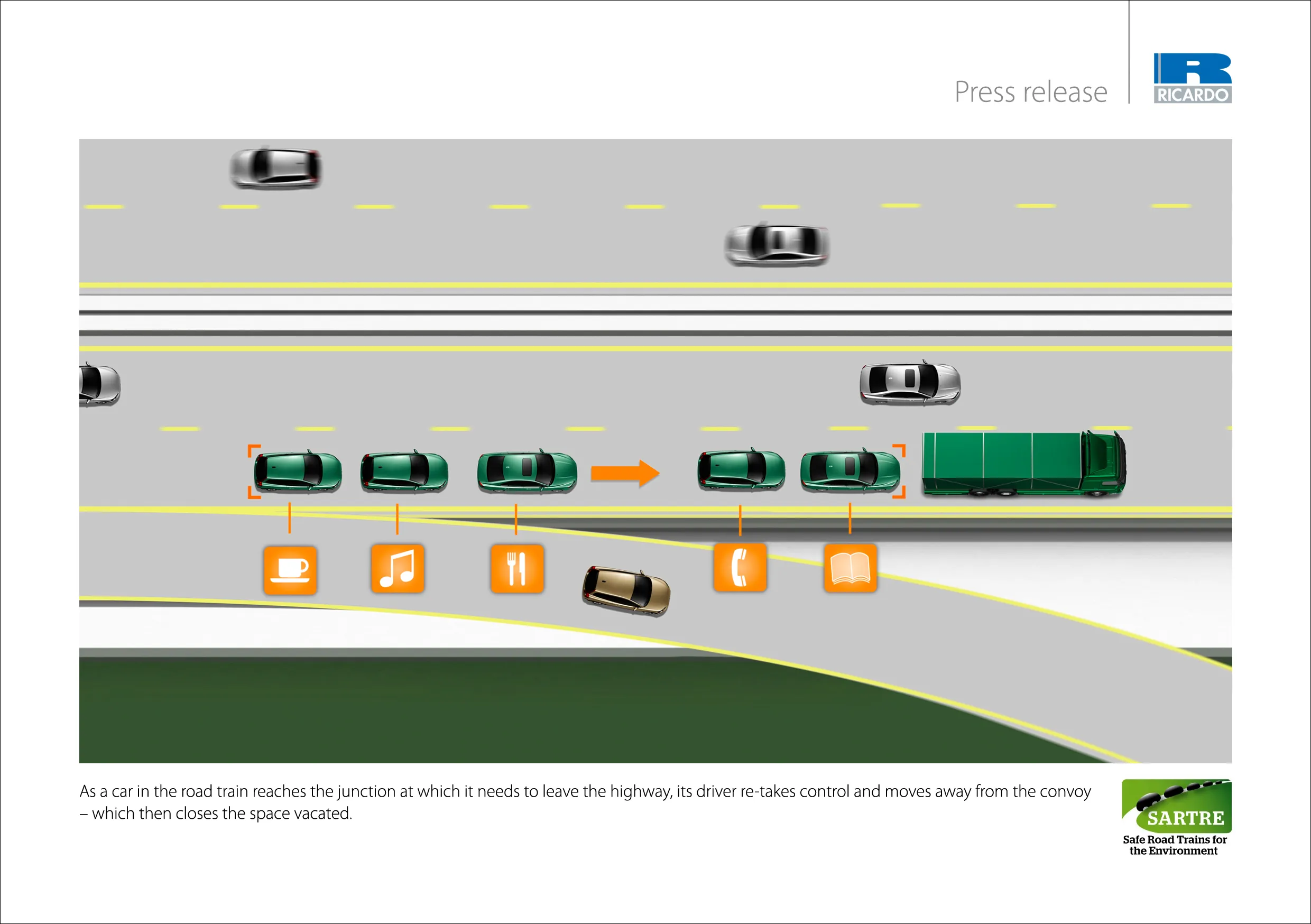BERNER & MATTNER Systemtechnik has developed a turnkey steering angle sensor test system for Takata- Petri, a leading supplier of occupant protection systems for vehicles. The project included development, implementation and integration of the control software as well as the mechanical set up of an external test control unit. Berner & Mattner's experience in the development of HiL [hardware in the loop] test systems facilitated the implementation of the complete solution from inquiry to certification in jus
February 6, 2012
Read time: 2 mins

BERNER & MATTNER Systemtechnik has developed a turnkey steering angle sensor test system for 2333 Takata- Petri, a leading supplier of occupant protection systems for vehicles.
The project included development, implementation and integration of the control software as well as the mechanical set up of an external test control unit.
Berner & Mattner's experience in the development of HiL [hardware in the loop] test systems facilitated the implementation of the complete solution from inquiry to certification in just six months. By means of the test system Takata-Petri benefits from complete, automated and accurate function tests of the steering angle sensors.
The first project with Berner & Mattner provides Takata-Petri with very high metering precision through the precise mechanical set up as well as the great flexibility of the testing device.
"Considering that we broke new ground in this project with Berner & Mattner, the result achieved in a very short time is tremendous," says Dr Juergen Bender, manager electronics at Takata-Petri.
"Our choice fell on Berner & Mattner due to its willingness to implement the requested open architecture within the time frame required. This target could only be achieved through a close and cooperative collaboration of Takata-Petri's and Berner & Mattner's development teams." A graphical interface facilitates set up, customising and operation of the tests. By means of selecting and parameterising the test cases via graphical interface, entire test sequences up to the completely automated test of specimens can be set up very easily. In addition, precisely fitting adapters enable the fast refitting of the test system to various types of devices.
The project included development, implementation and integration of the control software as well as the mechanical set up of an external test control unit.
Berner & Mattner's experience in the development of HiL [hardware in the loop] test systems facilitated the implementation of the complete solution from inquiry to certification in just six months. By means of the test system Takata-Petri benefits from complete, automated and accurate function tests of the steering angle sensors.
The first project with Berner & Mattner provides Takata-Petri with very high metering precision through the precise mechanical set up as well as the great flexibility of the testing device.
"Considering that we broke new ground in this project with Berner & Mattner, the result achieved in a very short time is tremendous," says Dr Juergen Bender, manager electronics at Takata-Petri.
"Our choice fell on Berner & Mattner due to its willingness to implement the requested open architecture within the time frame required. This target could only be achieved through a close and cooperative collaboration of Takata-Petri's and Berner & Mattner's development teams." A graphical interface facilitates set up, customising and operation of the tests. By means of selecting and parameterising the test cases via graphical interface, entire test sequences up to the completely automated test of specimens can be set up very easily. In addition, precisely fitting adapters enable the fast refitting of the test system to various types of devices.








